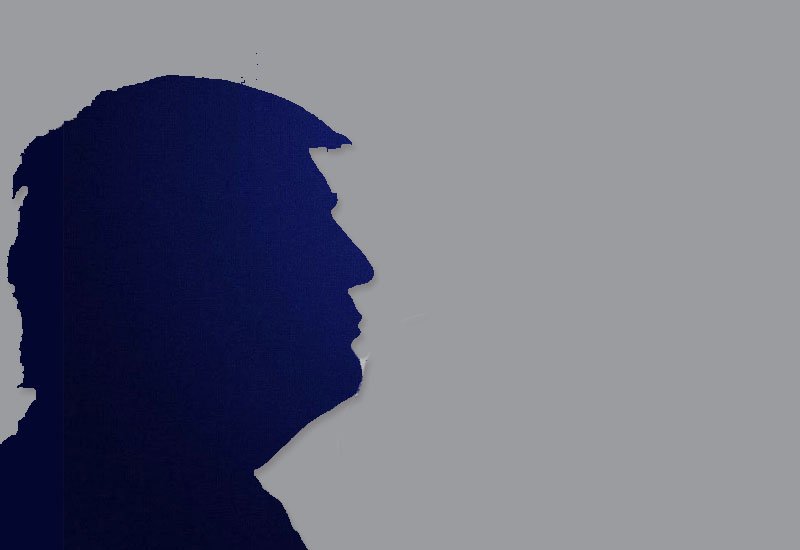- President Trump announces reciprocal tariffs set to take effect on April 2.
- The tariffs target countries like India, China, and the European Union, among others.
- India has been criticized for high auto tariffs, some over 100%.
- Trade experts express concerns about the global impact of the new tariffs.
In a significant address to the US Congress on March 4, 2025, President Donald Trump reaffirmed his controversial plan to impose reciprocal tariffs, set to take effect on April 2. The new tariffs will target imports from several nations, including India, China, and European Union members, with the aim of matching the duties those countries impose on American products. This move represents a major shift in US trade policy, signaling a tougher stance on international trade relations.
During his speech, Trump emphasized that the United States had long faced disproportionately high tariffs compared to its trade partners. “On average, the European Union, China, Brazil, India, Mexico, and Canada – have you heard of them? – and countless other nations charge us tremendously higher tariffs than we charge them. It’s very unfair,” Trump said.
He also pointed out that India’s tariffs on automobiles are particularly high. “India charges us 100% tariffs; the system is not fair to the US, it never was. On April 2, reciprocal tariffs kick in,” Trump continued.
This announcement comes at a time when the US has already imposed higher tariffs on goods from Canada, Mexico, and China. The reciprocal tariffs are expected to create further trade tensions, especially between the US and India. The timing also highlights the strained state of US-India relations over trade policies, particularly in the automotive sector.
Trade Negotiations with India Still Ongoing
Union Commerce Minister Piyush Goyal arrived in the US on March 3 for unscheduled talks, hoping to find a solution before the tariffs take effect. The goal is to negotiate a bilateral trade agreement that would address the tariff disputes. Despite these diplomatic efforts, sources suggest that India has not agreed to reduce its auto tariffs to the level demanded by the US.
Reports from Reuters indicate that Washington expects India to lower tariffs on automobiles to zero or near-zero levels, but India has expressed reluctance to implement such drastic changes immediately.
The US has also raised concerns about other tariffs, such as India’s 100% duties on motorcycles, while the US charges only a 2.4% tariff on Indian motorcycles. These differences have fueled frustrations in Washington. “If they use non-monetary tariffs to keep us out of their market, then we will use non-monetary barriers to keep them out of our market,” Trump stated.
India, however, remains hopeful that continued discussions between Prime Minister Modi and President Trump will resolve these issues. The two leaders met in February and agreed on a roadmap to improve trade relations. India has already taken steps to open its markets, reducing tariffs on several US products, including bourbon whiskey and motorcycles. Moreover, the country has been making strides to increase market access for US agricultural products, such as alfalfa hay and duck meat.
Impact of Reciprocal Tariffs
Trade experts warn that the implementation of reciprocal tariffs could have far-reaching consequences for global commerce. The new tariffs may not only affect US trade partners but could also undermine existing World Trade Organization (WTO) agreements, particularly those focused on preferential trade arrangements. The US’s decision to impose such sweeping tariffs could set a precedent for other countries to follow suit, potentially triggering a global trade war.
One key area of focus is the auto industry, where Tesla’s CEO Elon Musk has been vocal about India’s high tariffs. Musk has criticized India’s tax on electric vehicles, which can be as high as 100%. Tesla has not yet launched its cars in India, but the company has signed a lease agreement to open its first showroom in Mumbai. Musk’s efforts to expand Tesla’s footprint in India will likely be impacted by these ongoing trade tensions.
Looking Ahead
As the clock ticks toward April 2, both the US and India face increasing pressure to finalize a trade agreement. New Delhi remains optimistic that the mutual understanding reached between Prime Minister Modi and President Trump will help resolve the dispute. “We have a roadmap that will ensure we sort out any issue through consultations,” a source in India stated. The two countries are also working towards a larger trade target of $500 billion by 2030, which includes plans to expand US exports to India and vice versa.
The outcome of these negotiations will have significant implications not only for India and the US but also for the broader global trading system. As both sides continue to debate the details, the world watches closely to see whether these tensions can be resolved before the tariffs take effect.
President Trump’s reciprocal tariffs, which will take effect on April 2, have stirred tensions with several nations, particularly India. As trade talks continue, the global trade landscape hangs in the balance. The outcome of these discussions could shape the future of US-India relations and influence trade policies worldwide.


